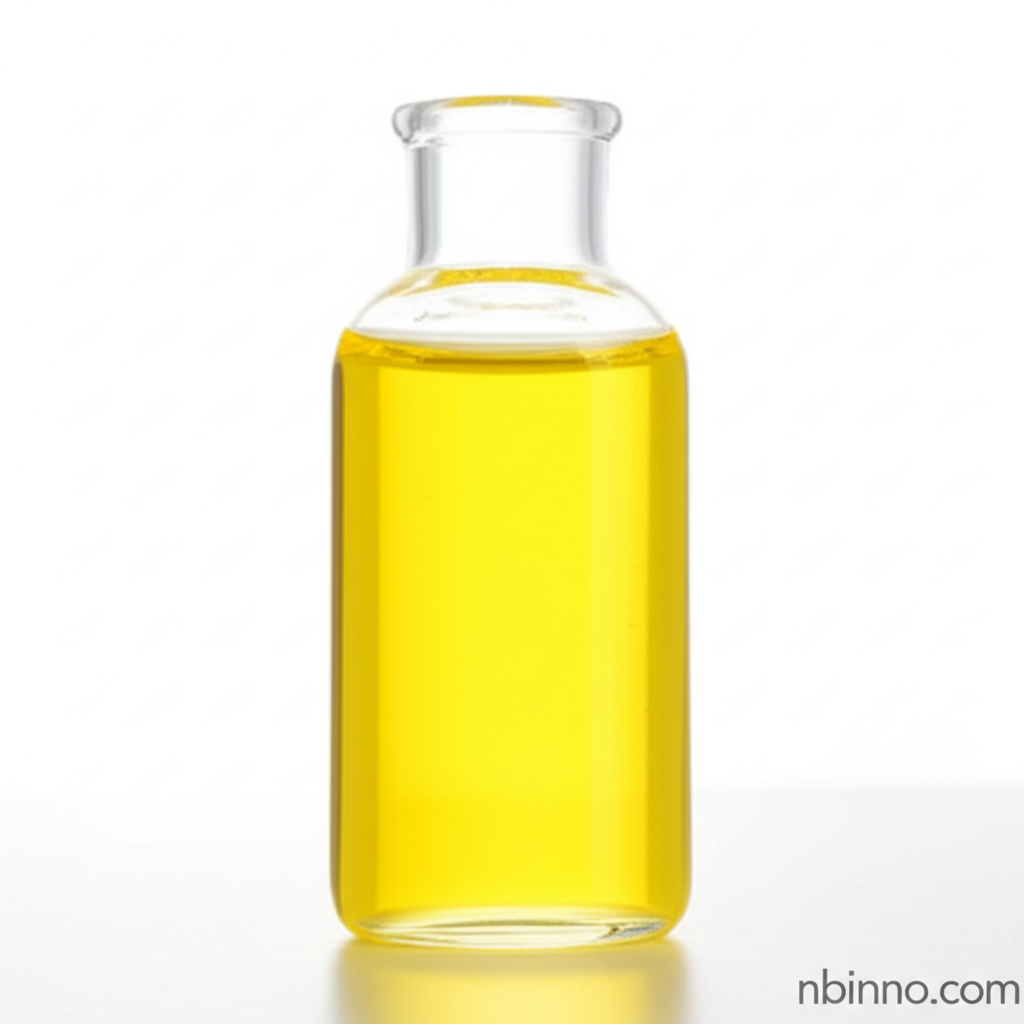2-Iodoethanol: Synthesis, Properties, and Applications in Organic Chemistry and Material Science
Explore the versatile uses of 2-iodoethanol as a key intermediate in synthesis, polymer modification, and advanced material development.
Get a Quote & SampleProduct Core Value

2-Iodoethanol
2-Iodoethanol is a crucial bifunctional molecule with a reactive hydroxyl group and a labile iodine atom, making it indispensable as an intermediate in organic synthesis, polymer chemistry, and material science. Its unique properties facilitate the creation of complex molecules, functionalized polymers, and advanced catalytic systems.
- Explore the 2-iodoethanol synthesis methods that leverage halogen exchange reactions for efficient production.
- Discover the diverse 2-iodoethanol applications in polymer chemistry, particularly in quaternization for enhanced material properties.
- Understand the critical role of 2-iodoethanol in heterogeneous catalysis, where it serves as a precursor for reactive surface species.
- Learn how 2-iodoethanol is used for NHC ligand synthesis, essential components in modern catalysis.
Advantages of Using 2-Iodoethanol
Versatile Reactivity
The dual functionality of 2-iodoethanol allows for a wide range of chemical transformations, enabling its use in complex organic synthesis and material functionalization. This is evident in 2-iodoethanol functional group interconversions.
Catalytic Precursor Role
It acts as a vital precursor for developing reactive surface species and catalytic systems, as seen in its contribution to 2-iodoethanol surface chemistry studies and heterogeneous catalysis.
Polymer Modification Capability
Through quaternization, it permanently modifies polymer properties, enhancing applications like dye adsorption, as demonstrated in studies on 2-iodoethanol quaternization of polymers.
Key Applications
Organic Synthesis
As a crucial intermediate, 2-iodoethanol is employed in synthesizing a variety of organic compounds, including complex heterocycles and neuroexcitants, showcasing its role in 2-iodoethanol precursor for neuroexcitants.
Polymer Science
Its use in polymer quaternization leads to materials with improved properties, such as enhanced dye adsorption and pH-independent characteristics.
Heterogeneous Catalysis
2-Iodoethanol is a precursor for reactive surface species and catalytic intermediates on various metal surfaces, contributing to advancements in catalytic oxidation and C-C bond formation.
Material Science
It serves as a building block for advanced materials, including functionalized polymers and potential components in photocatalytic systems.
